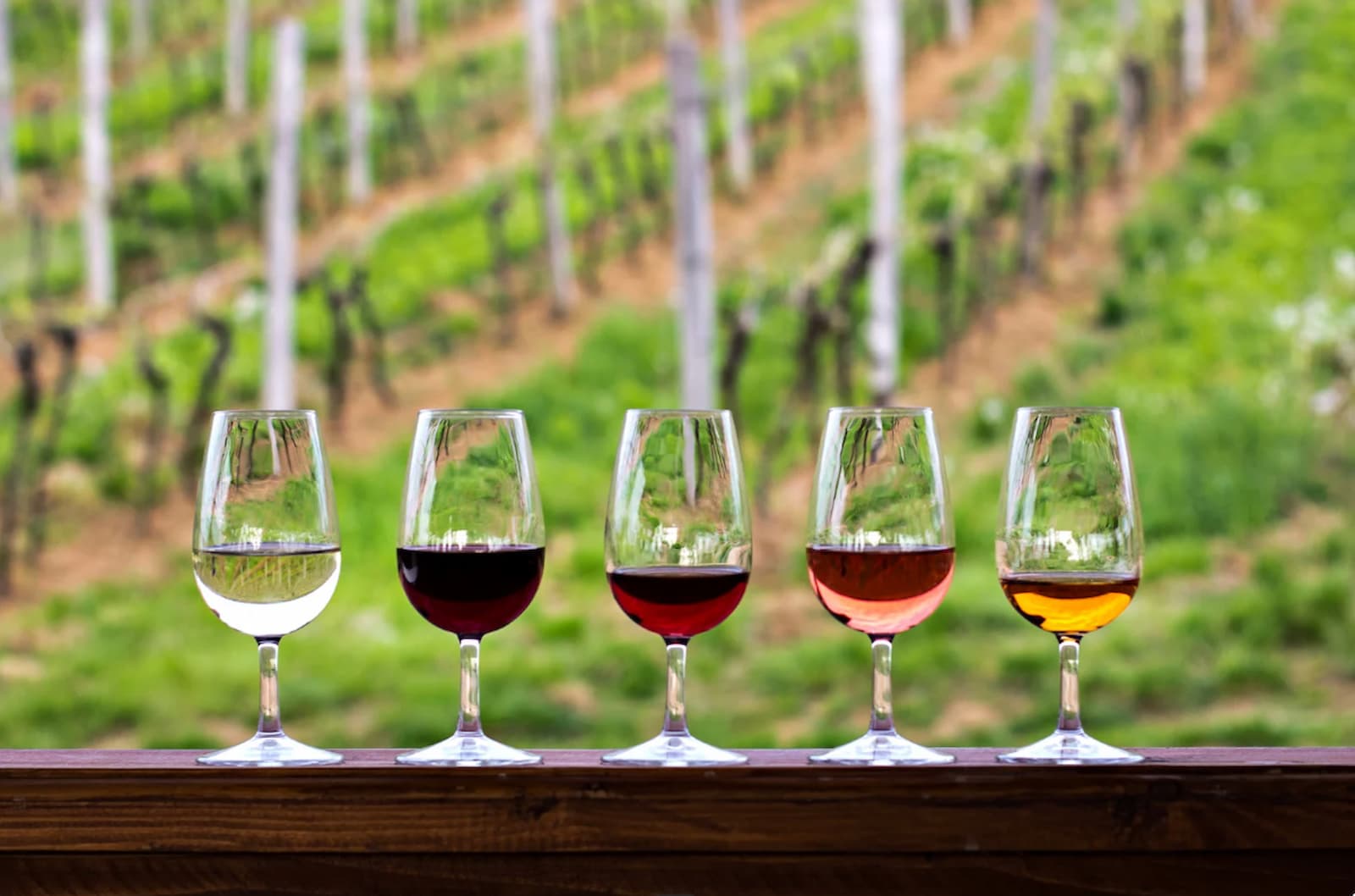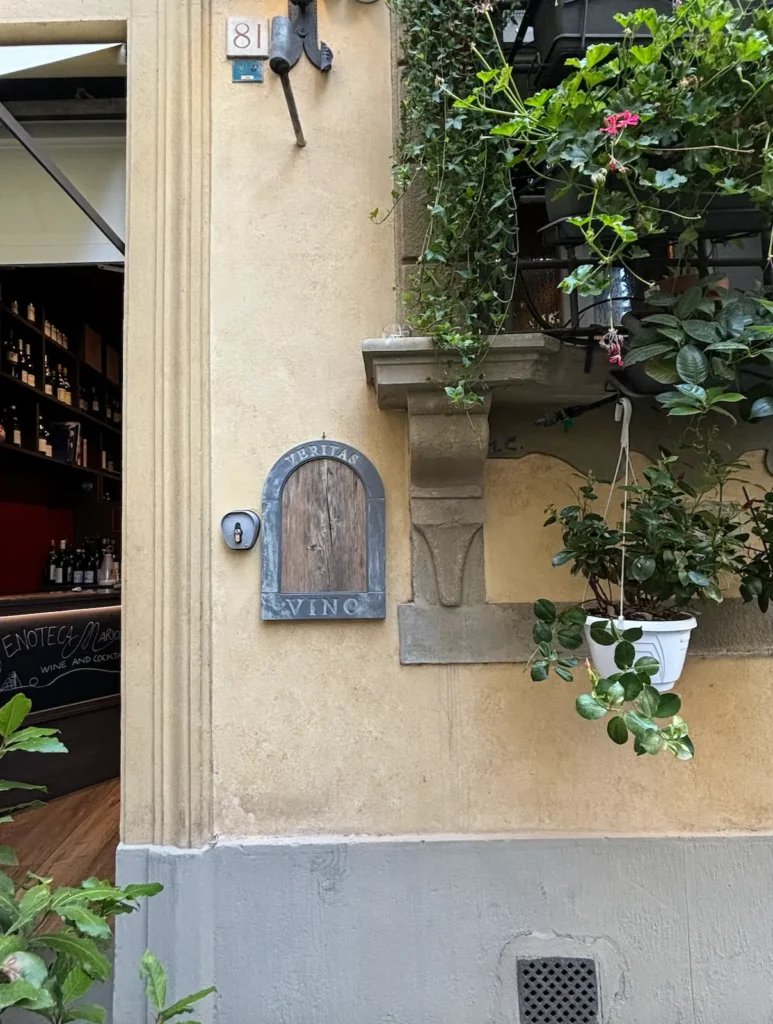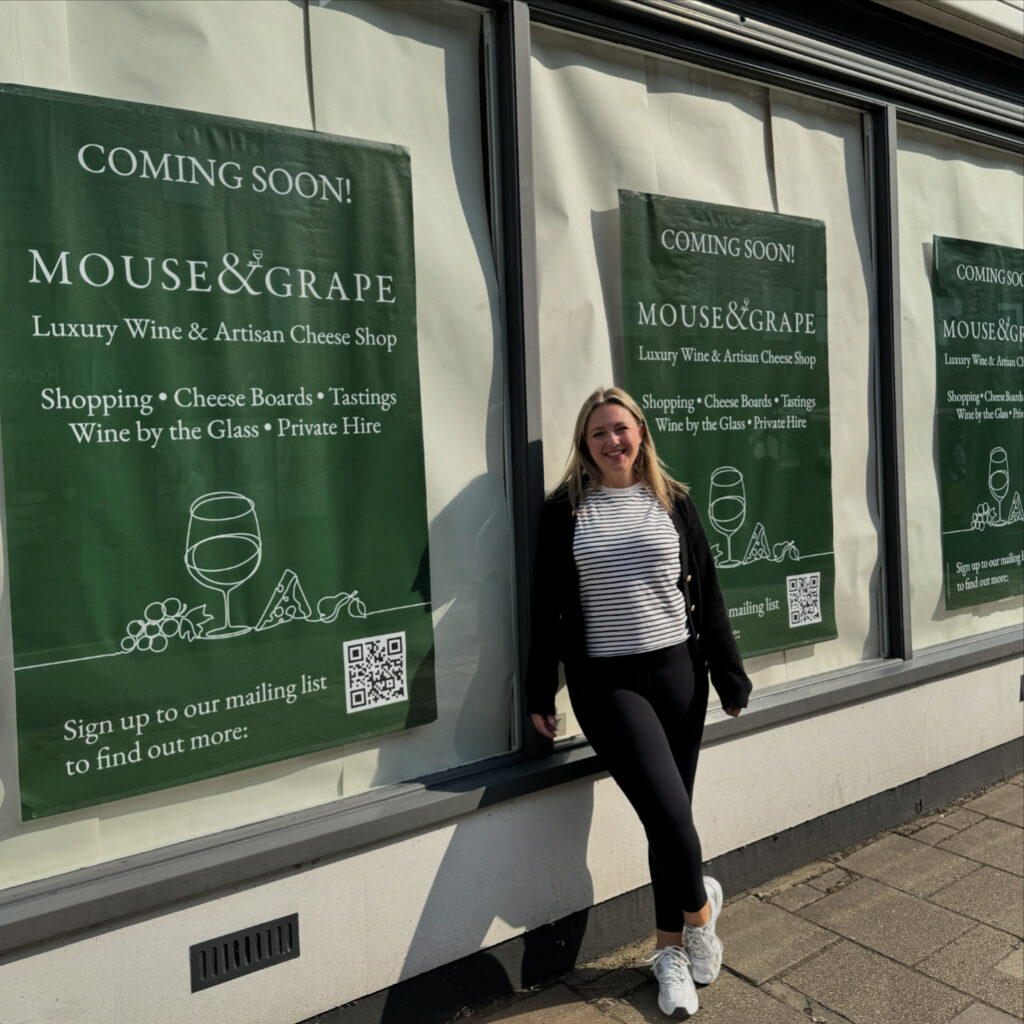For those interested in learning more about wine, this is one of the first, most important fundamentals to learn. Let’s understand the vinification processes used to produce different types of wine.
Red Wine
Red wine is made from some quantity of dark grapes, sometimes with a blend of both light and dark-skinned grapes. The reason for this is that the colour compounds of grapes are stored in the skins, with the two main natural pigments being anthocyanins and flavonols.
When making red wine, the grapes are pressed to release the juices. Then, during the fermentation process, the juices are allowed anywhere from 3 to 100 days of contact with the skins before they are strained out. There are two main approaches to red grape maceration, cold soaking and extended maceration. If you’re interested in more information, check out this article from the Wine Folly for a fantastic explanation.
Champagne is one perfect example of a white wine made from red and green grapes, as it is typically made from a blend of Pinot Noir, Pinot Meunier, and Chardonnay. Champagne falls into two classifications ‘Blanc de Blancs’ or ‘Blancs de Noirs,’ respectively meaning ‘white from white’ or ‘white from black,’ depending on the blend of grapes.
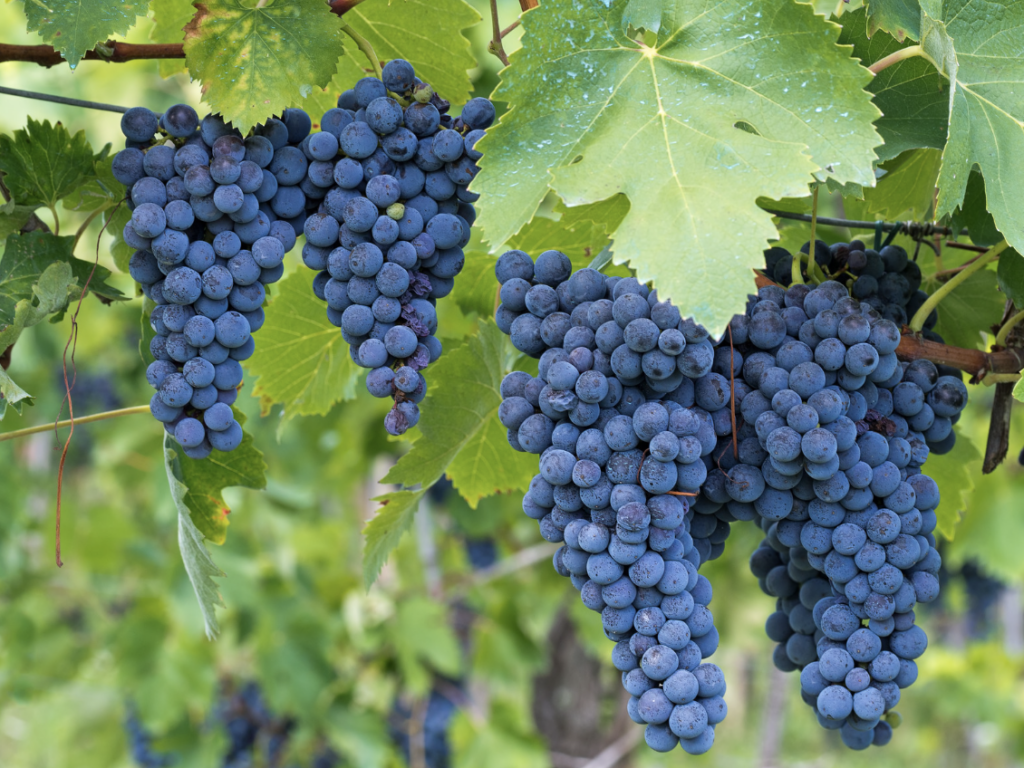
White Wine
In white wine vinification, the grapes are pressed to release juices, but the seeds and skins are removed before fermentation begins. As previously noted, the grape skins store colour compounds but they also store tannic compounds. This is why white wines are not considered ‘tannic,’ since white wines do not receive any contact with the skins.
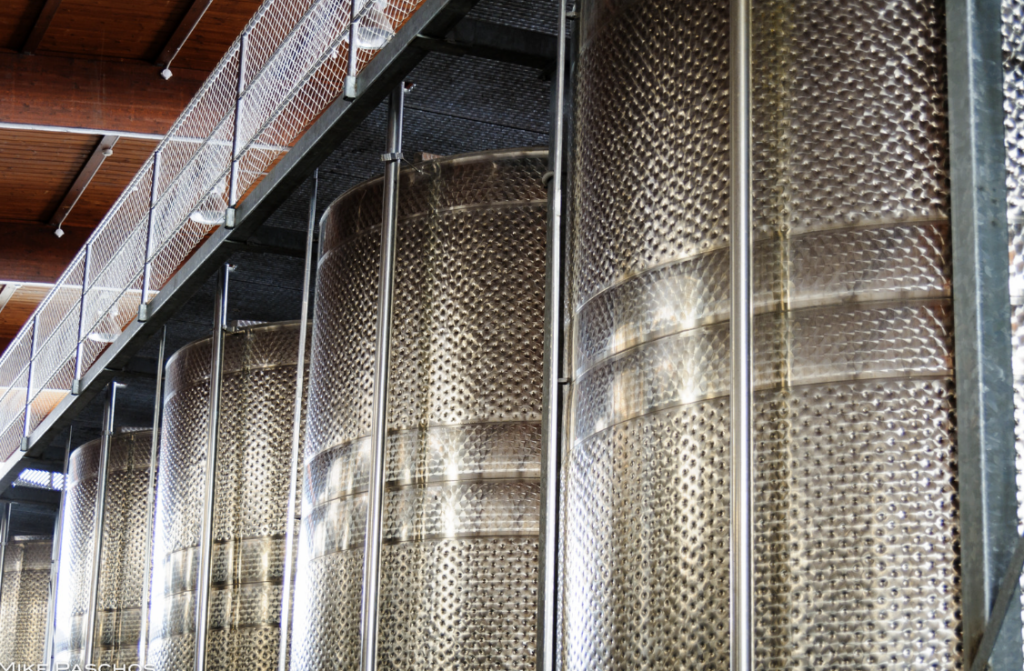
Orange Wine
Now what about orange wines? The short answer is orange wines do ferment in contact with the skins, which is why orange wines are also called ‘skin-contact’ or ‘skin-fermented’ wines. The orange pigments are a result of fermentation with green grape skins, which contain a compound called lignin, for anywhere from four days to over a year.
While you won’t experience a tannic sensation drinking white wines, you will likely experience it drinking orange wines. The contact with skins and seeds creates more complex aromas and mouthfeel, differentiating them from traditional white wines. The history of orange wines is fascinating, dating back thousands of years but I’ll save that exploration for another day. In the meantime, if you want to learn more about orange wine regions and pairings check out this fabulous article by Jessica.
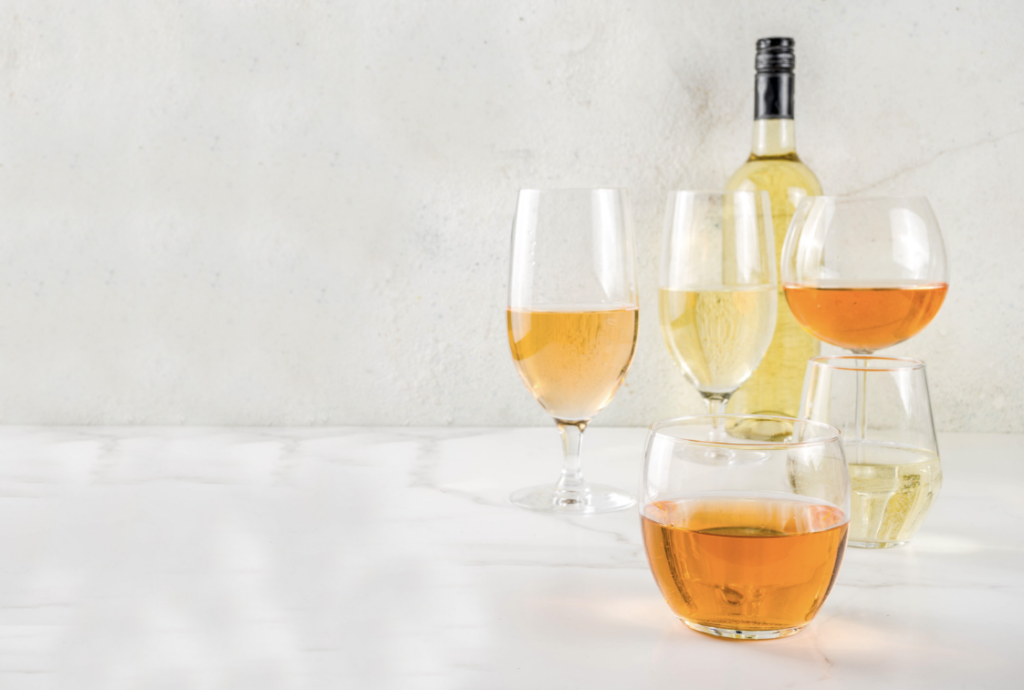
Rosé
Your next question may be about rosé – is rosé just a blend of red and white wine? Rosé is getting special treatment – her article is coming soon.
Understanding Tannins
As discussed, wines made with longer skin contact tend to have more concentrated colours and tannins. Tannic sensations, also called astringency, refer to the drying feeling in the mouth, which comes from the skins, seeds, and stems of grapes – this is why tannins and intensity of colour are correlated. It’s these tannins that cling to your mouth. You may also experience this puckering feeling when you drink strong teas or underripe fruit, for example.
In red wines, harsh tannins are often more present in young wines. As wines age, the tannic compounds soften and the texture of the wine evolves. It’s worth noting as well, that wines with harsh tannins will also soften after decanting, as the wine is allowed to ‘breathe’ or aerate. But be careful, while decanting a wine can improve the flavour and texture, decanting too long can destroy the complexity of your wine. This is why it is important to decant according to your specific wine.
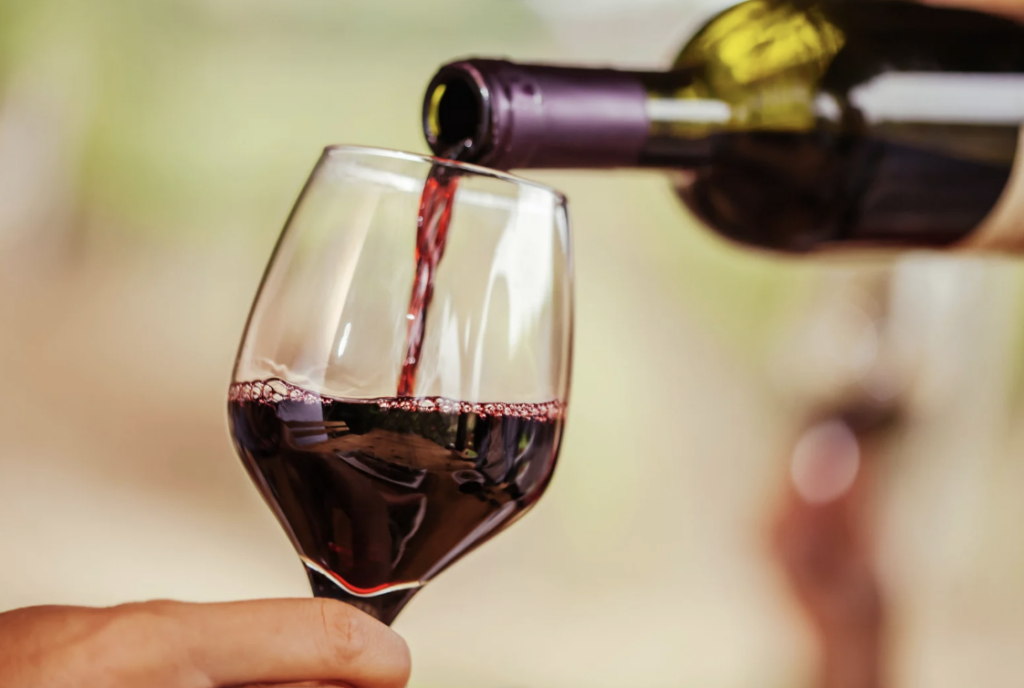
Pairing Tannic Wines
Some examples of grapes known for medium or high tannins are Cabernet Sauvignon, used widely in Bordeaux; Nebbiolo, which is notably used in Barolo; Syrah or Shiraz, used notably in the Rhône Valley and Australia; and Tannat, the national grape of Uruguay. On the contrary, some less tannic grapes are Pinot Noir (Bourgogne), Grenache, Gamay (Beaujolais), and Cinsault.
How do you pair tannic wines? The dryness of tannic wines pairs well with fatty dishes which balances the texture of the wine and cuts the richness of the dish. As an example, consider a wine like Barolo, a rich, full-bodied wine from Piedmont, Italy. These wines can be quite tannic, especially a young, extracted Barolo. They also age quite well because of their tannic structures which evolve with time. Barolo pairs beautifully with Italian meats, including beef, pork, and fatty charcuterie. The richness of Barolo could even pair well with lobster or a creamy mushroom truffle risotto, as well as cheeses like Gorgonzola or Taleggio.
For a light-bodied wine with low tannins, such as Pinot Noir or Gamay, consider pairings with salads, seared fish (tuna, salmon), lean meats, grilled poultry, halloumi, or falafel. The fresh acidity of such light-bodied wines also works particularly well with fatty foods to balance the textures.
Final Thoughts
Wine vinification is thoroughly fascinating and the nuances are truly endless. It’s difficult to properly understand wine without understanding how it’s made, so I hope this has helped you to better understand the difference between different vinification processes.
What other questions do you have about wine production?
Happy Sipping!
Arni Seth
